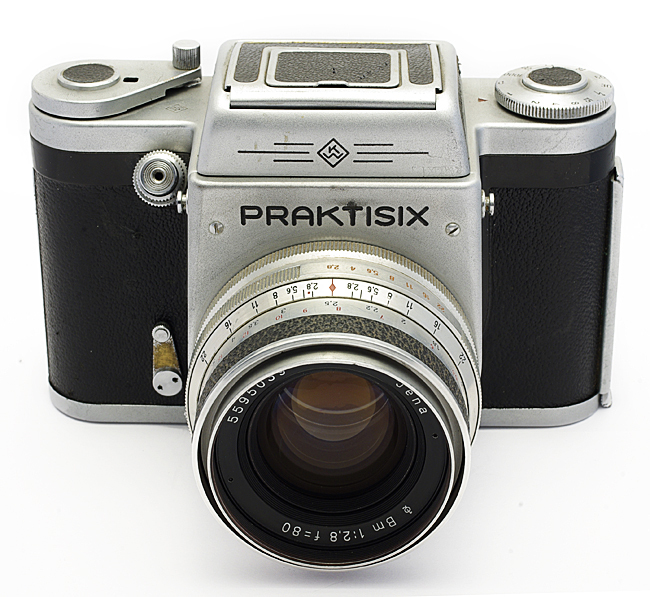- Messages
- 4,344
- Name
- Martin
- Edit My Images
- Yes
Whilst on the hunt for yet another carry strap (I'll find one that suits me one day) I noticed something a little odd. At least on my camera -- a D850 -- the camera, when hung by the lugs, is only hangs level when there is no lens on it, which means that any attached lens, no matter how light, causes the camera to be pulled downward. I would have thought that the lugs would be placed to at least balance out a small zoom, I wonder if all interchangeable-lens cameras are balanced thus and why?


